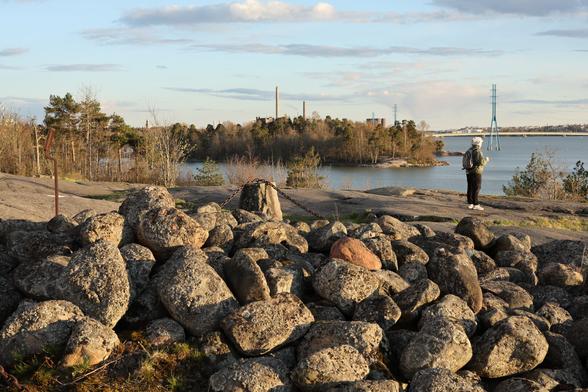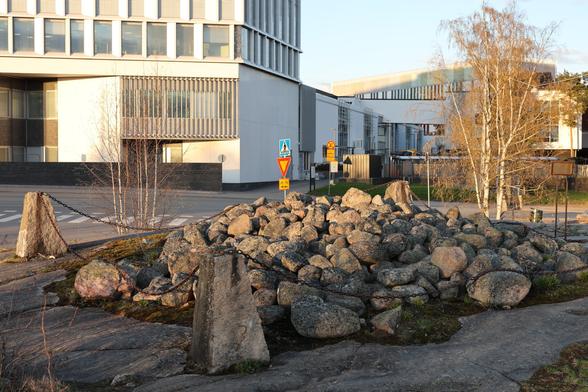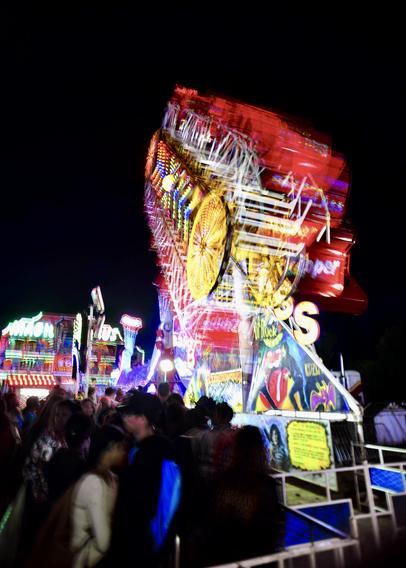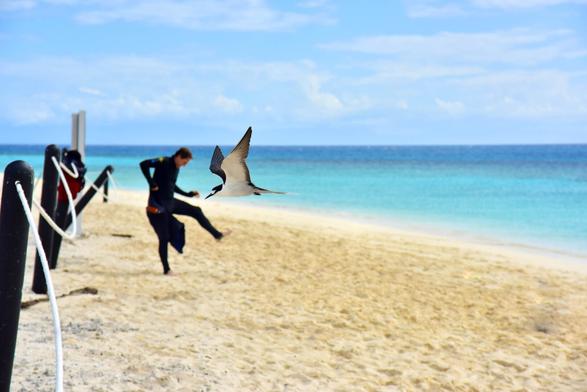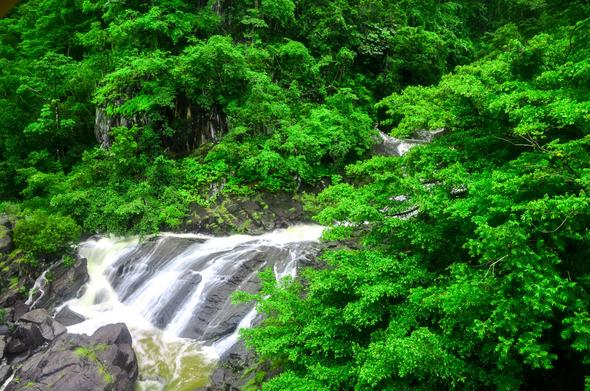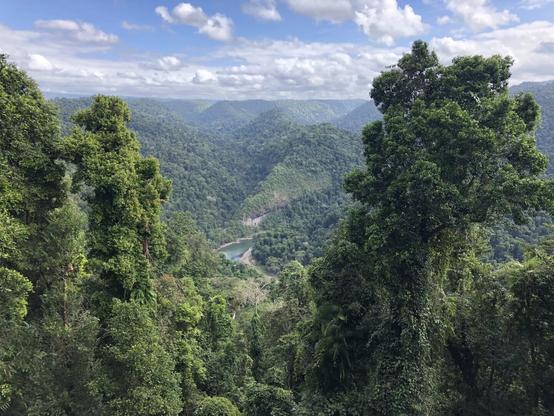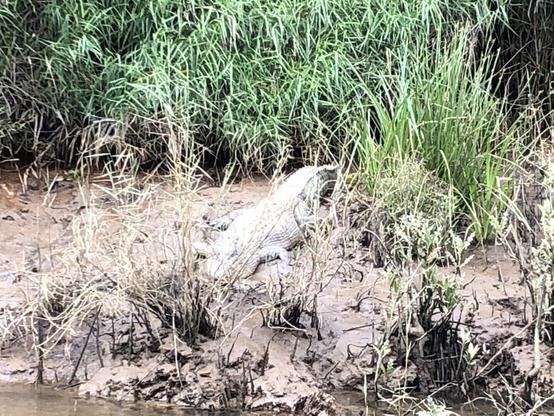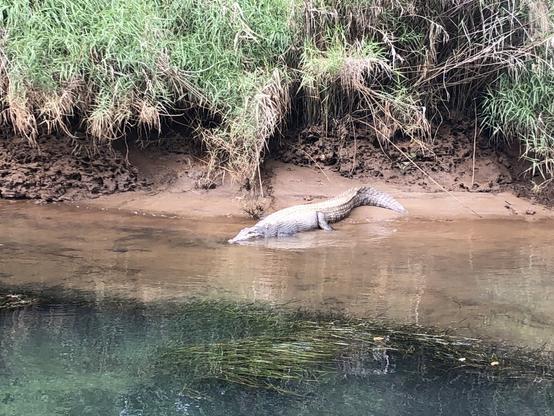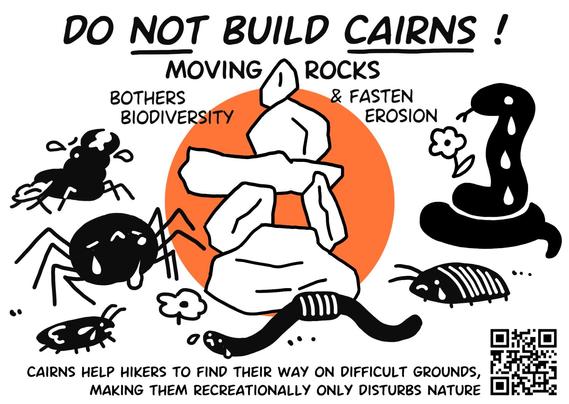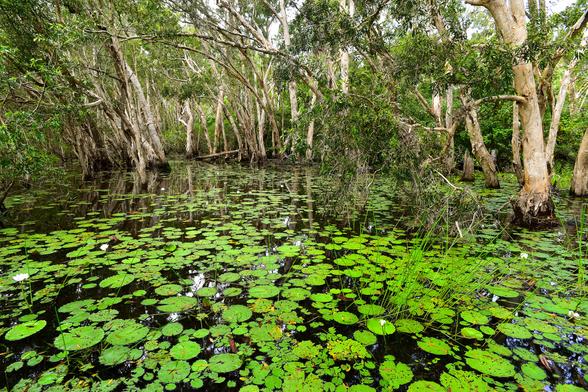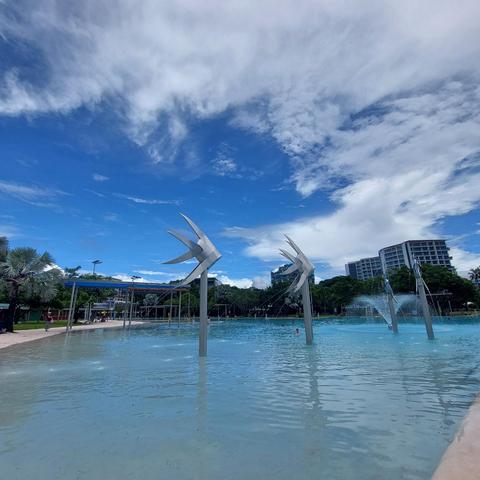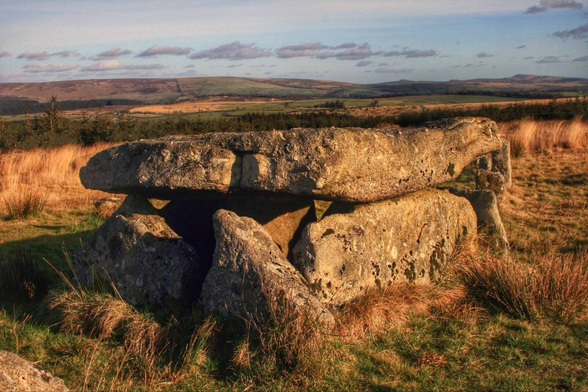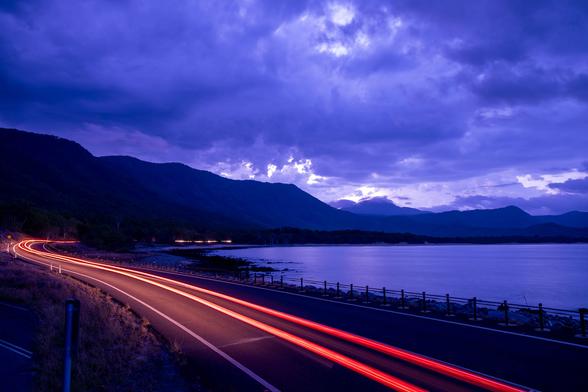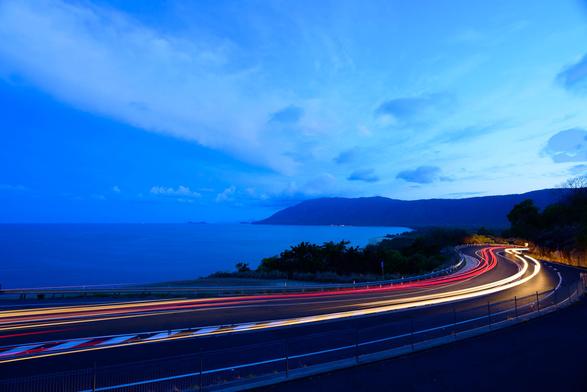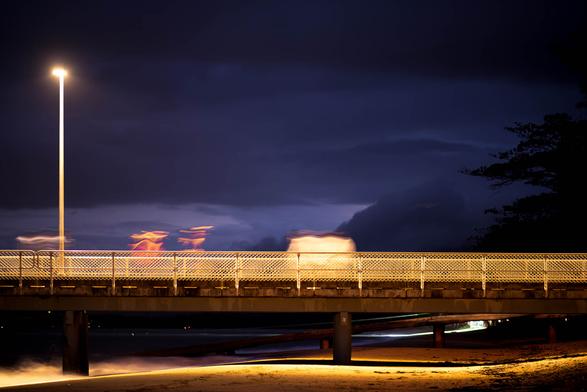#Cairns
I wonder what the landscape looked like when the stones were placed there. At least the cairn must have been much closer to the sea than it is now due to the post-glacial rebound. The view is still pretty today, until you see what is on the other side...
#cairns
#cairn
#burialcairn
#bronzeage
#history
#helsinki
#meilahti
#finland
#spring
#april
#cairns #night #photography #neon #fairground #longexposure #color #nikon #d810 #travel
#australia #people #bird #photography #travel #tropical #wildlife #cairns #greatbarrierreef
#landscape #photography #nature #cairns #queensland #australia #explore
#Queensland #australia #travel #cairns #tropics #waterfall #photography #landscape #nature #explore #nikon
In “Beside the Ocean of Time: a chronology of Neolithic #burial, #Monuments and houses in Orkney”, Seren Griffiths lists the carbon dates of human bones from 10 Orkney cairns. The cumulative data for these skeletal remains demonstrates that about 75% of the people lain in the cairns died roughly before 3000BC, the rest of them died later, mostly through the 3rd millennium BC. Similar findings are suggested by dating of #skeletons in Scotland and England, and it is likely that the fall in numbers of bodies in cairns is, as much as anything, because after a couple of hundred years of existence the cairns were in poor condition, and often collapsing, making them sometimes risky places to enter.
Personally, I could never believe that the purpose of cairns was for the storage of corpses. Clearly in later millennia they were regarded as suitable sites for depositing cremated remains and the like.
Later burials seem to be dug into the perifery of the monuments, or a later addition.
In the few examples of funerary monuments that I've seen it's only special sites like Sutton Hoo that are obviously built with the intention of burying bodies.
See more in the Orkney Riddle blog:- http://orkneyriddler.blogspot.com/2025/04/the-orkney-riddle.html
#Orkney #Neolithic ##prehistory #archaeology #cairns
I could never quite believe that Neolithic people came to Orkney by boat.
As it is thought that they brought cattle and sheep with them, I could not envisage any animal, or any human, surviving a sea crossing of any British tidal waters in any prehistoric vessel.
Standard sources tie themselves in knots to persuade us that Neolithic people had boats that could carry beasts of both sexes that, once landed, would reproduce and help their tribe to survive on the unknown territory across the dangerous waters.
However, evidence has recently emerged that added another dimension to the problem. It was discovered that the Orkney Vole, a species that is unique to the archipelago, had been found by DNA analysis, to originate from northern Europe, and that it was not directly related to the common vole in Britain. (Thomas Cucchi et al)
This meant that the animal that arrived in Orkney did not pass through England, Wales or Scotland.
A vole arriving in Orkney, from Europe, without passing through Britain was a clue that all was not as it seems, and that in spite of the insistence of some that voles may have been carried as pets or food items, another possibility was probably more likely.
I therefore rather assumed that it must be necessary to question what places were passable around the coasts of Neolithic Britain, which areas were land, and which places were water, and when did land areas stop being land.
It is understood that much of the southern North Sea area was land at some point in the past. A piece of shallow sea called Dogger Bank has been named Doggerland as artefacts of 8000 years of age, and older, are frequently dredged up there. The rise in sea level which has occurred since the last ice age has clearly flooded lands here, but which lands, where, and when?
The obvious location, or so I thought, for a route to Orkney from Europe , that would be passable for small rodents, on foot, and avoiding England and Scotland, would be somewhere in the middle of the North Sea which, of course, is a bizarre idea.
Indeed, it was such a bizarre idea that I followed it, to see where it took me.
The result of my research can be seen in my blog:-
http://orkneyriddler.blogspot.com/2025/04/the-orkney-riddle.html
#Orkney #Neolithic #archaeology #prehistory #Brodgar #nessofbrodgar #Skara #skarabrae #barnhouse #knapofhowar #linksofnoltland #Noltland #cairns #Maeshowe
Par le repouet d’un sub revendiqué de @JauneBaguette, je découvre la mode des cairns, évoquée notamment dans un article de France Info en août 2022.
Les cairns dont on parle ici, ce sont des empilements de cailloux ou de rochers plus ou moins gros, en montagne, dans le lit des torrents, sur des plages… n’importe où, s’il y a des cailloux. Je n’ai pas fait la moindre rando ou simili-rando depuis des années, alors j’ignorais ça, et je suis consterné ! Les idées moutonnières stupides, encouragées par les RS, ça marche toujours aussi bien – avec la photo obligatoire qui sera partagée, pour que l’épidémie de connerie se propage. Même sur le Fédivers, on trouve des occurrences sans chercher longtemps.
J’ai connu les affligeants cadenas du Pont des arts. C’était localisé. Les cairns c’est une épidémie pour partout où il y a des cailloux ! On a une difficulté supplémentaire avec les cairns. C’est une pratique utile dans un contexte particulier : comme repères pour orienter les randonneurs sur des terrains difficiles. Mais ça n’a rien à voir avec la mode de multiplier les tas de cailloux pour faire joujou, et vous devriez arriver à faire la différence, je pense.
@kakimoisi a eu la bonne idée de dessiner des visuels contre cette pratique. Il a eu bien raison ! il faut militer contre la connerie – même si c’est sans fin. Vous pouvez consulter le web étasunien Leave No Trace. Ne pas empiler des cailloux, c’est seulement un cas particulier de l’effort pour ne pas abîmer gratuitement les sites naturels…
#nature #photography #landscape #nikon #australia #rainforest #australia #cairns
Good people of #Cairns. I have a #philosophy question. Why do the silver fish shoot water out of their rear?
Is there a deeper meaning unbeknown to the greenhorn, to whom true insight only comes after the higher rites of the sacrement at the Raintrees Red Rooster have been honoured?
I took these cairns at Bellever in 2008, couldn’t walk up there now of course but good to see them again #Dartmoor #Devon #bronzeage #cairns #photography
#lighttrails #nightphotography #nikon #roadtrip #bluehour #longexposure #photography #cairns #australia
#lighttrails #bluehour #photography #nikon #landscape #longexposure #cairns
